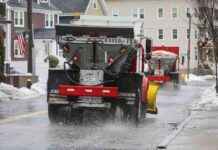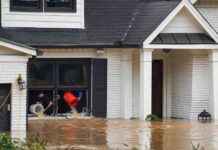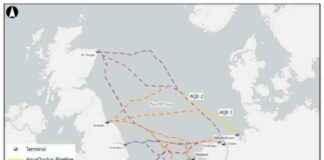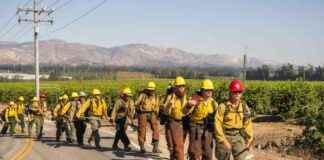Unprecedented Wildfires Ravage Los Angeles
As the flames continue to rage through the Los Angeles area, firefighters are working tirelessly to contain the unprecedented blazes that have left a trail of destruction in their wake. At least 27 lives have been lost, and over 12,000 structures, including numerous homes in Altadena and the Pacific Palisades, have been reduced to ashes. The financial toll is staggering, with early estimates projecting damages and economic losses to reach a staggering $250 billion.
The Changing Landscape of Home Insurance
In the face of these “unnatural disasters” fueled by climate change, the insurance market is undergoing a seismic shift. Traditionally, home insurance has been a safety net for property owners in times of crisis. However, the escalating risk of wildfires has led to a surge in premiums and the withdrawal of some insurance companies from high-risk regions like Los Angeles.
Insights from Insurance Experts
Dave Jones, former California insurance commissioner, has witnessed firsthand the chaos that wildfires can wreak on the insurance market. He highlights how insurers respond to increased losses by raising prices and reducing coverage, a trend that is only expected to intensify as climate change accelerates. The current fires in LA, burning through some of the city’s most affluent neighborhoods, are poised to be the costliest in California’s history, with insured losses projected to reach up to $30 billion.
Navigating an Uncertain Future
As homeowners in LA County grapple with the aftermath of the wildfires, the availability and affordability of property insurance remain critical concerns. The FAIR Plan, often seen as a last resort for those unable to secure private insurance, may see increased enrollment as climate-related risks mount. However, the viability of such mechanisms in the face of mounting losses and escalating climate threats remains uncertain.
In a world where climate change is pushing us towards an “uninsurable future,” the need for proactive measures to mitigate risks and protect vulnerable communities has never been more urgent. As policymakers, companies, and individuals grapple with the implications of a rapidly changing climate, the path forward remains uncertain. The resilience of our communities and the stability of our insurance systems hang in the balance as we confront the challenges of an uncertain future.














